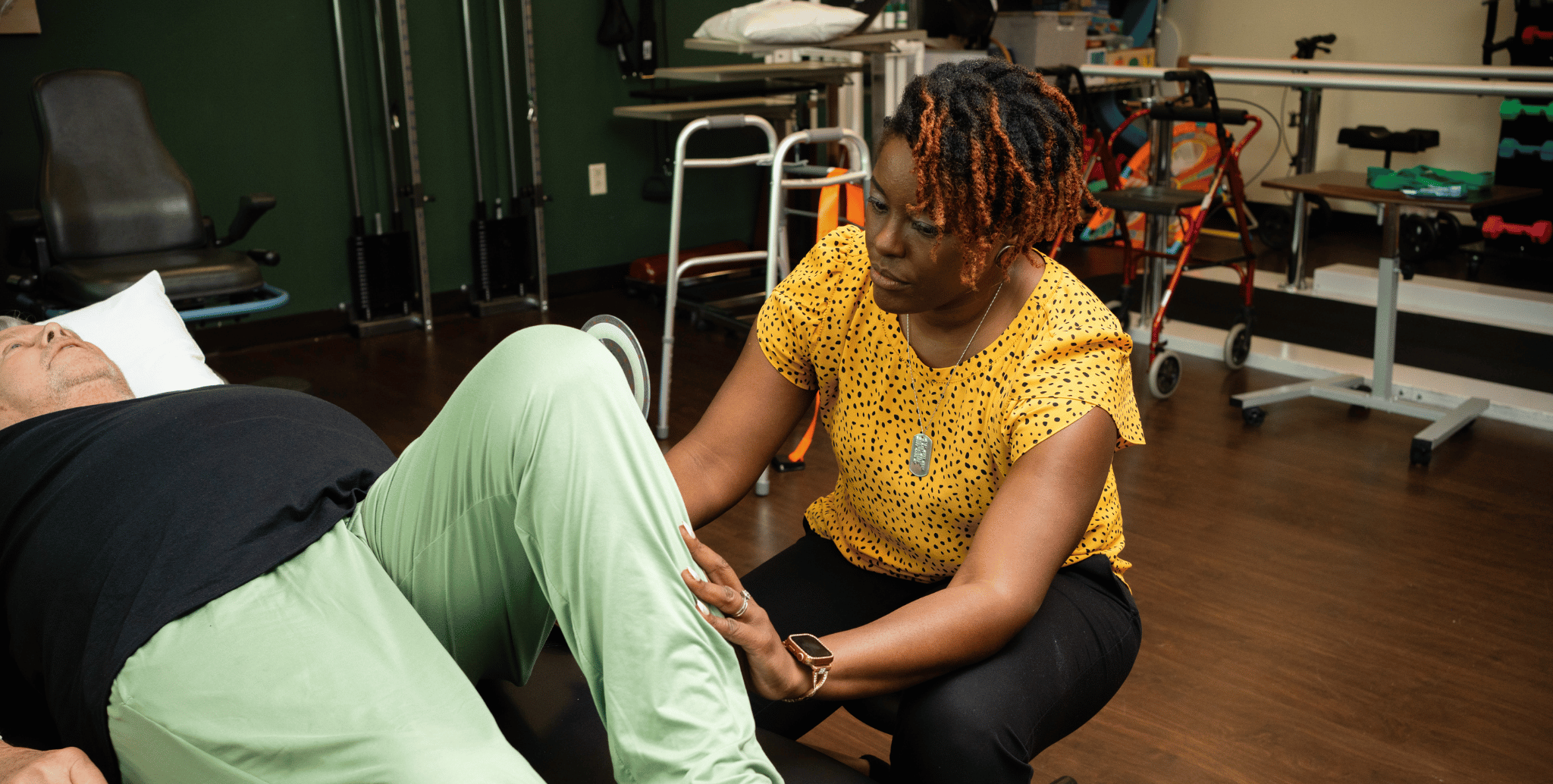Comprehending How Sudden Injuries Alter Athletic Execution Dynamics
Wiki Article
Acute traumas are unexpected injuries that can happen during sports or physical activities. These traumas can greatly affect an athletic ability and overall wellbeing. Common examples of acute injuries include sprains, breaks, and strains. They occur quickly and often arise from incidents, such as tumbles, collisions, or improper actions. Comprehending how these injuries affect sports performance dynamics is important for sportspeople, trainers, and healthcare professionals who work with them.
When an sportsman experiences an acute injury, the prompt effects can be quite significant. Pain and inflammation are frequent indicators that can limit movement and capability. For instance, a basketball player who injures an ankle may find it painful to move or jog. This constraint can lead to a reduction in performance, as athletes may find it hard to perform at their typical capability. Additionally, the mental effects of an injury can also play a factor. Players might feel anxious or fearful about coming back to their sport, which can additionally influence their ability.
Recovery from an sudden injury involves several stages, including rest, therapy, and incremental re-entry to performance. The physical therapy patient testimonials initial focus is often on managing pain and swelling. Health providers may advise cold therapy, bandaging, and elevation to help with recovery. Once the acute phase has ended, therapeutic activities become crucial. These activities help restore strength, flexibility, and extent of movement. Players need to follow a systematic rehabilitation plan to ensure they come back to their activity without risk and effectively.
The long-term effects of acute traumas can differ. Some players may heal fully and come back to their former ability levels, while others may face ongoing challenges. Chronic pain or weakness can emerge if an trauma is not adequately managed. This circumstance can lead to a pattern of re-injury or compensatory injuries in different parts of the physique. It is essential for athletes to be patient during the recovery process and to collaborate closely with healthcare professionals to address any lingering issues.
In conclusion, acute injuries can significantly alter how players compete in their activities. The prompt physical and psychological effects can hinder performance and confidence. Recovery involves careful management and therapy to guarantee that athletes can securely come back to their sports. Comprehending the dynamics of sudden traumas can help all involved involved in athletics—from players to trainers to healthcare professionals—assist those impacted and encourage a secure re-entry to sporting ability.
